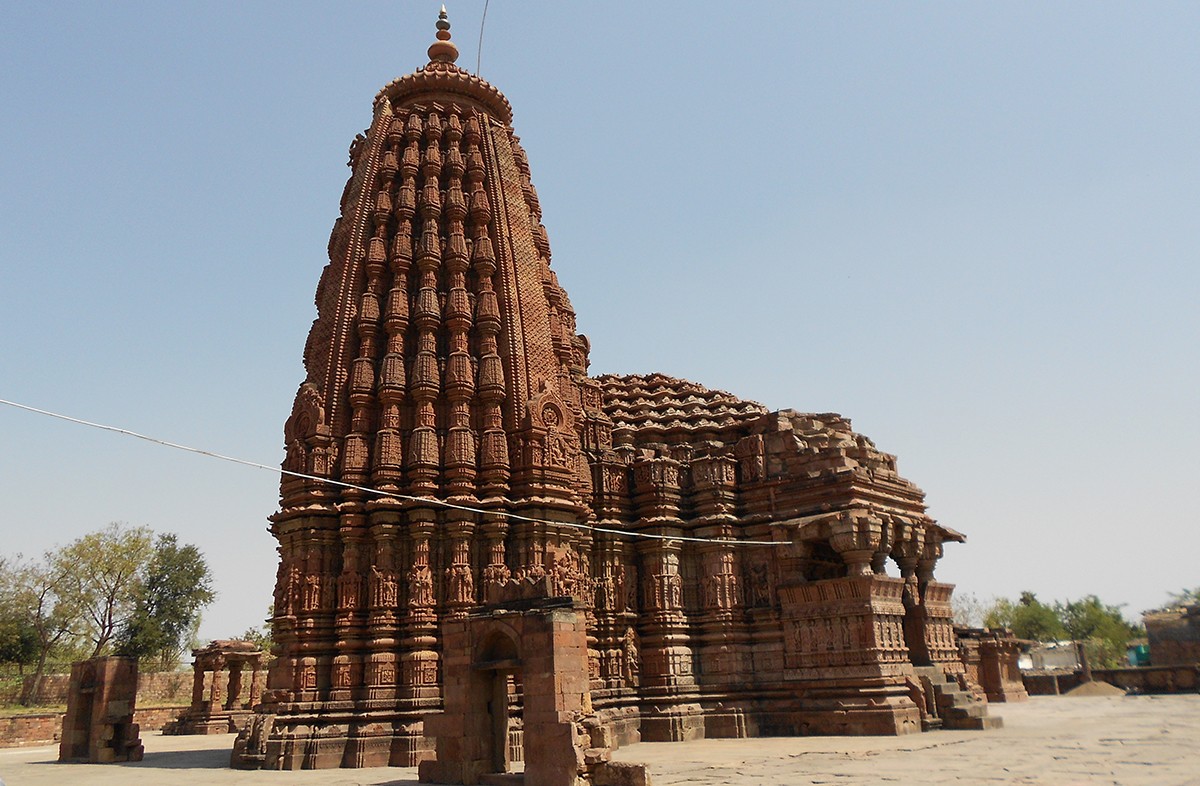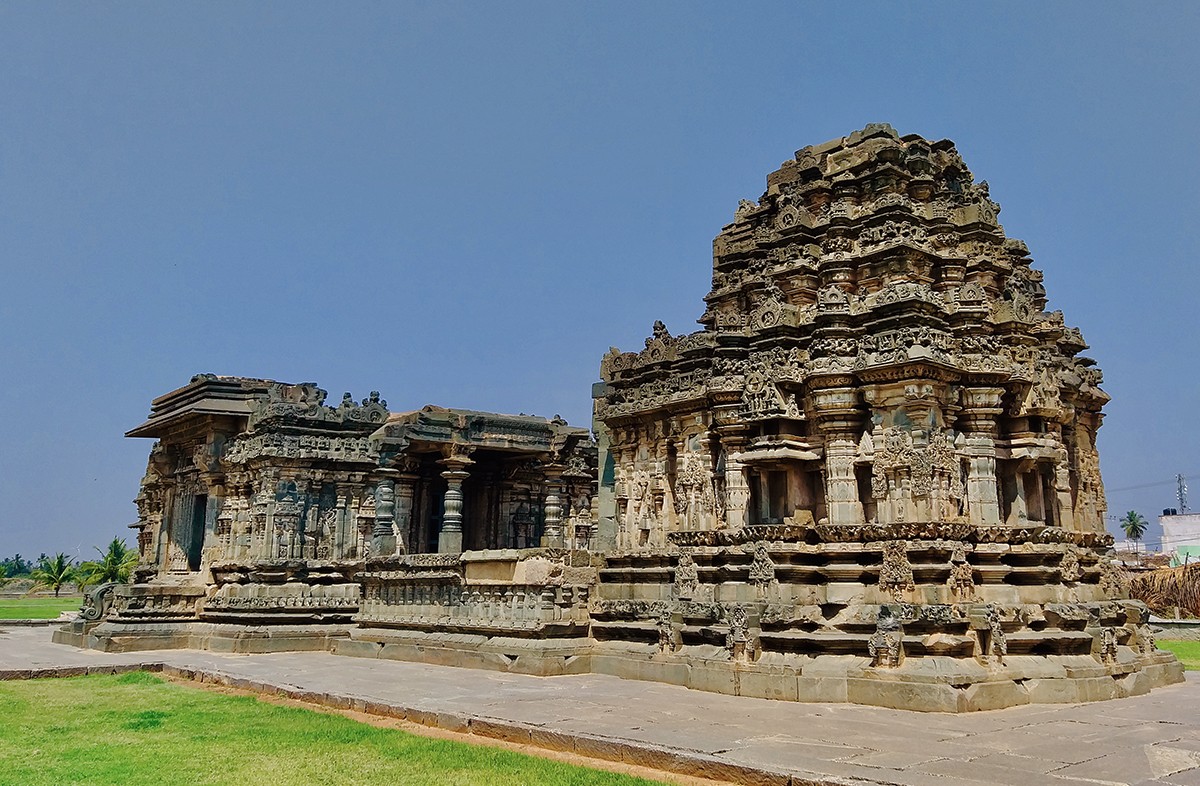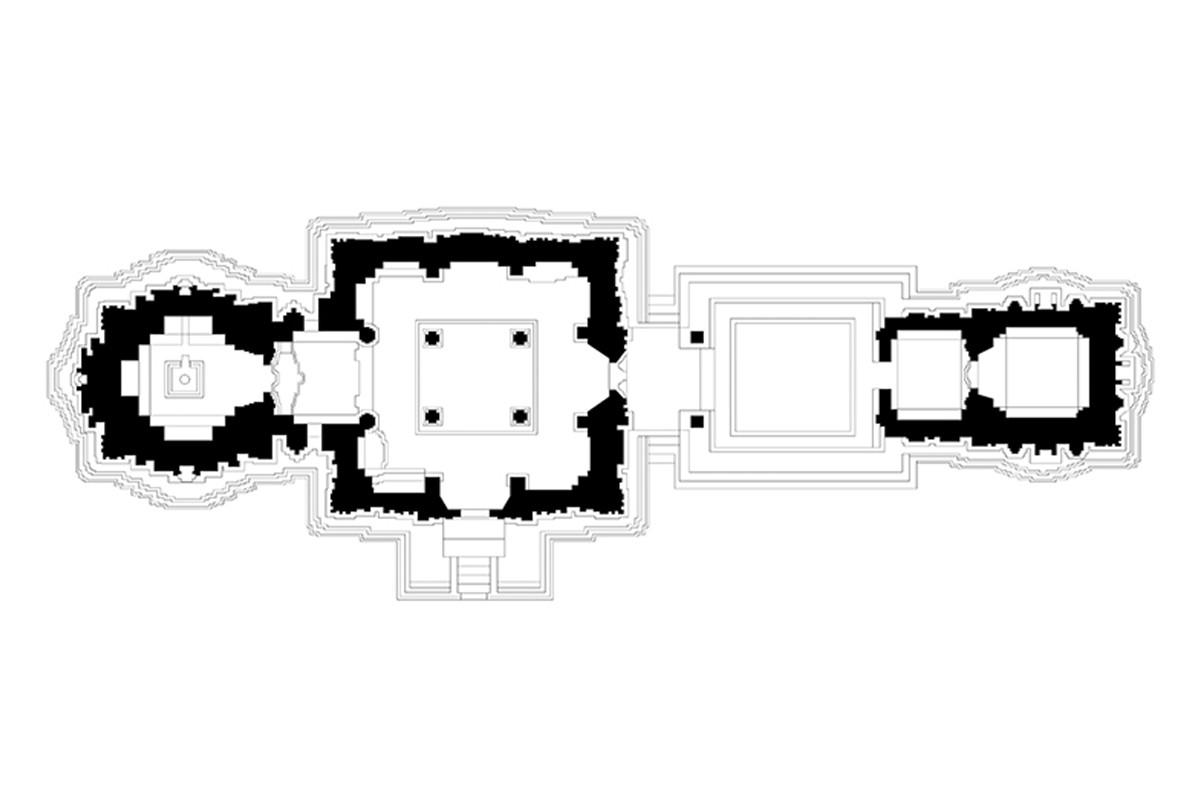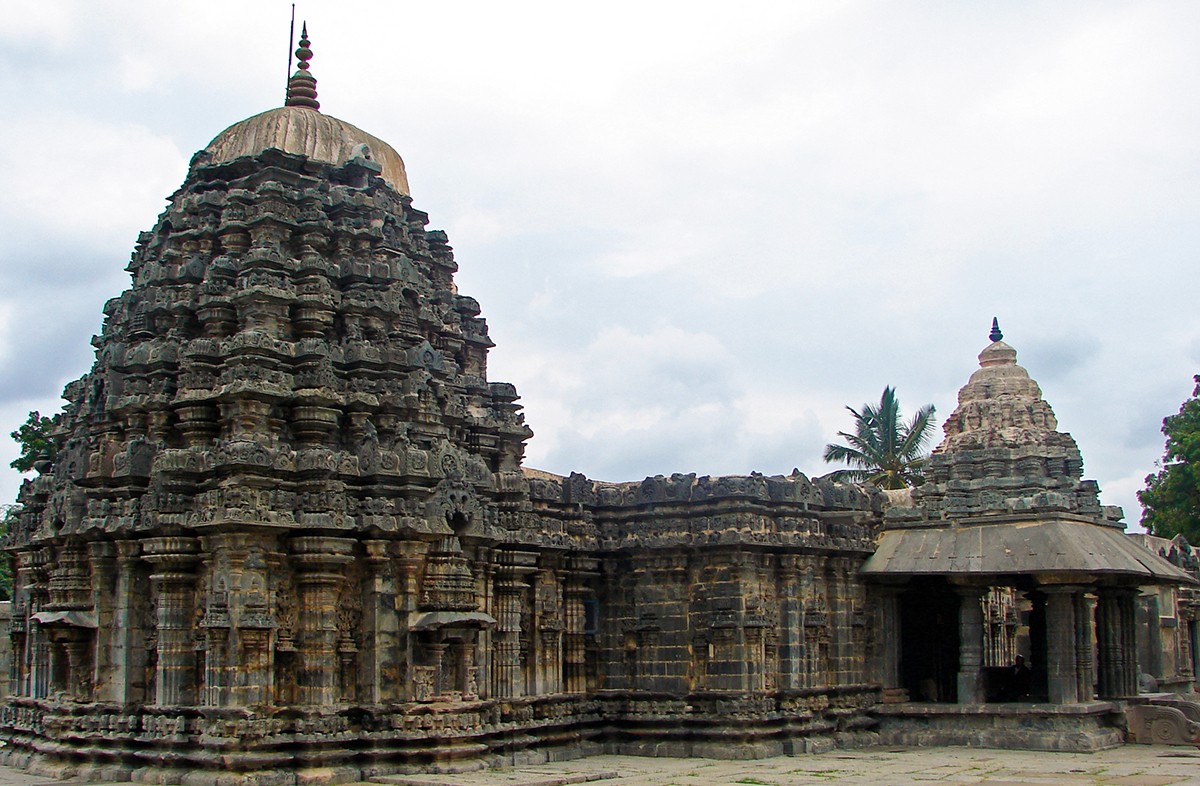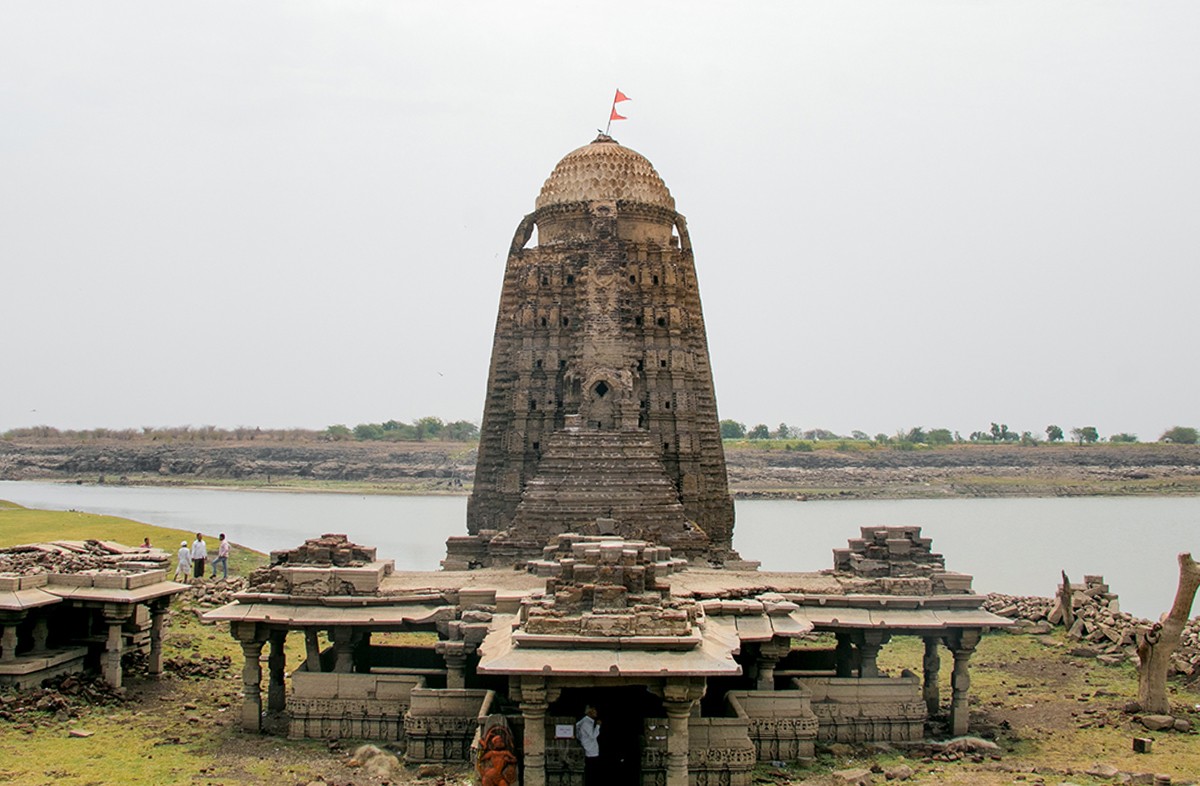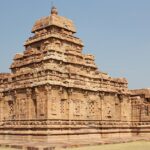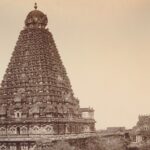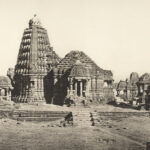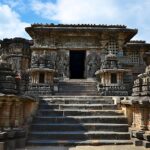The Later Chalukyas Come to Power; Karnata Dravida Architecture Is Consolidated
1050
Chola expansion faces serious opposition from the Deccan, primarily from the Later Western Chalukya dynasty. The death of the Chola king Rajadhiraja I in battle against the Chalukyas allows the latter to consolidate power, leading to the proliferation of temples commissioned by upper caste military nobility and realised through the presence of well-established sculptor guilds in the region.
Contact with Malwa (in present-day Madhya Pradesh, India), which had become an important centre for temple-building under the Paramaras, leads to the incorporation of ideas from the Bhumija architectural mode, which fuses with existing Karnata Dravida traditions. The resulting style often consists of a low vimana (tower), broad, polished circular pillars, and a high, star-shaped plinth. Karnata Dravida complexes also feature stepwells lined with niches for deities, a symmetrical layout for the temple structure, and rosetted ceilings. Elaborate carvings cover virtually the entire exterior walls with sculptures, representations of architecture, or geometrical and arabesque designs. These detailed carvings are facilitated by the use of potstone and soapstone steatite, which allow for greater experimentation in sculptural and architectural forms in subsequent styles of architecture, such as those pioneered in the Hoysala court. The advent of the Chalukyas sees a further reinvigoration of literature composed in Sanskrit, as well as compositions in Kannada.
Bibliography
Ali, R. “Bhumija Temples of Malwa and Maharashtra : An Observation.” Proceedings of the Indian History Congress 48, no. 1 (1987): 754–59. http://www.jstor.org/stable/44141797.
Harle, J. C. The Art and Architecture of the Indian Subcontinent. New Haven: Yale University Press, 1994.
Singh, Upinder. A History of Ancient and Early Medieval India: From the Stone Age to the 12th Century. New Delhi: Pearson, 2016.
Feedback 
This entry appears in
Art in South Asia
Visit Timeline
Associated Timeline Events
First Published: March 11, 2024
Last Updated: May 21, 2024



